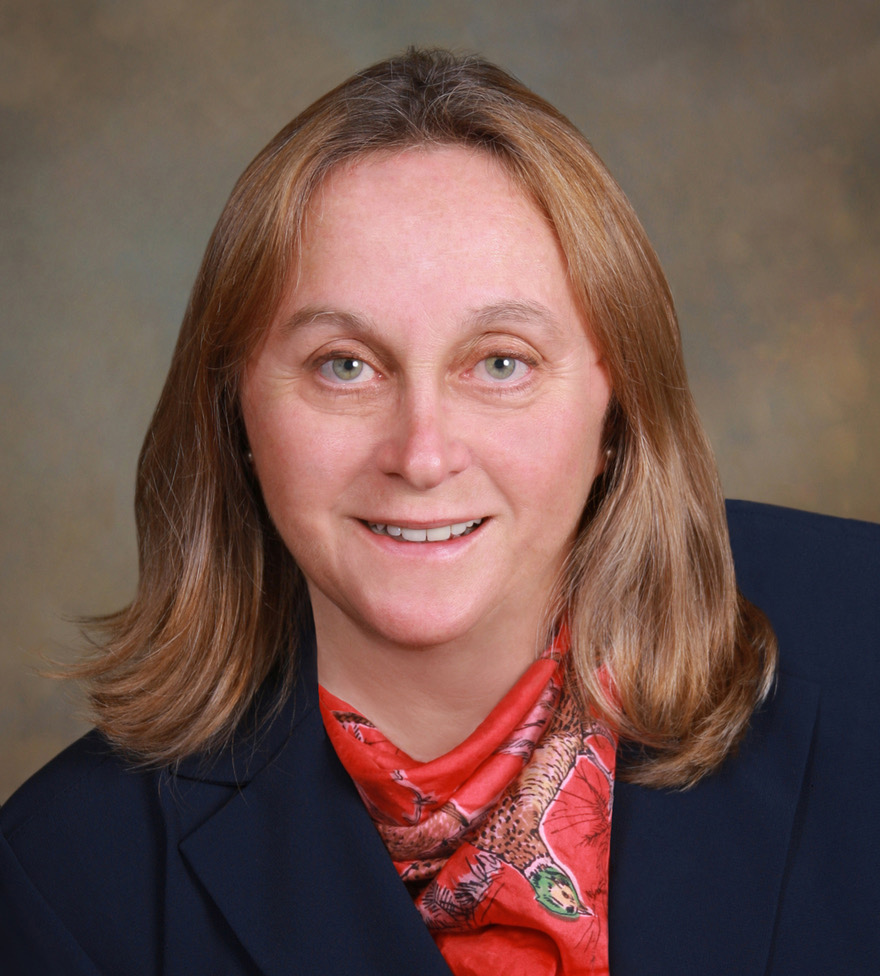In the News
News
Jan 31, 2017
Change in California Medi-Cal Law: Greater Protection from Estate Recovery
Jan 31, 2017
By Patricia Tobin

What is the change in the law and how does it affect me and my clients?
Changes to California Medi-Cal law that became effective on January 1, 2017 give attorneys more options to protect survivors of Medi-Cal patients from “Estate Recovery.” Estate Recovery refers to California’s right to recover the payments it made to care for a Medi-Cal patient from property owned by the patient at death.
Mostly these changes mean that Medi-Cal patients in nursing homes who still own their own homes at death will not be subject to Estate Recovery as long as the home is held any way other than in the decedent’s probate estate.
Previously, California had a broader right to recover the cost of care from a Medi-Cal patient’s estate.
What are the specific changes?
There are four key statutory changes:
1. For persons dying after January 1, 2017, only assets in the person’s “Probate Estate” are subject to recovery. This means that on death, any assets held in a trust, in joint tenancy, or in accounts which are distributed upon death by survivorship or by beneficiary designation, cannot be claimed by the State.
2. Recovery is completely prohibited from the estate of a deceased Medi-Cal patient who is survived by a spouse, registered domestic partner, a minor child or a disabled child. Previously, estate recovery was allowed on assets that the widow(er) inherited, and there were limits on the protections for disabled or minor children.
3. In the limited situations where the heirs are subject to a lien on their inheritance, the interest rate on the lien has been clarified, and the rate cannot exceed simple interest at seven percent per year.
4. A new exemption provides that a claim against a home of modest value must be waived if an effective hardship application is submitted. Modest value means a home whose fair market value is 50 percent or less of the average price of homes in the county where the homestead is located, as of date of the decedent’s death.
What do clients need to know?
The need for Medi-Cal to pay for long term care for middle class clients is more common than one might assume because inpatient nursing home care generally costs over $100,000 per year. So, unless there is sufficient income for patients to pay for their care, and provide support for a spouse, if any, it is not unusual for nursing home patients to outlive their assets.
Planning for Medi-Cal eligibility is the first step. Rules regarding eligibility and the right (or lack thereof) to transfer property to become eligible have not changed. Obviously, one can avoid Estate Recovery by not qualifying for Medi-Cal in the first place, but some patients have no choice.
Also bear in mind that Medi-Cal does not cover many types of care. It is primarily for those in skilled nursing care facilities, and offers very limited options for home care or assisted living.
And even when care is covered, there are trade-offs:
1. Generally, Medi-Cal covers a shared room and bath.
2. There is usually a set menu with no choice of meals in a nursing home.
3. Not every nursing facility accepts Medi-Cal. With imminent changes in national health care, this may become a more significant problem.
What else do I need to be aware of?
1. This favorable Medi-Cal rule could change. Estate recovery rules have been reversed by case law and by federal and state law more than three times over the last 30 years. The majority party in Congress is promising to overhaul Medicaid (Medi-Cal in CA), so one must keep alert for changes.
2. In serving elders, the practitioner has to be mindful of the above trade-offs. The elders must either have mental capacity and give informed consent to Medi-Cal planning or, if the plan involves the use of estate planning tools which give others the legal capacity to decide for elders, their obligations as fiduciaries to the elders should be clear.
3. With less threat of estate recovery, this suggests even greater reasons NOT to recommend that elders transfer their homes to their heirs for Medi-Cal purposes. Avoiding a lifetime transfer of an appreciated asset can save capital gains tax.
How do I help my clients protect themselves?
If the need for Medi-Cal is a realistic possibility, to avoid Estate Recovery, you and your clients should:
1. Review the name or title on all property, including real estate, bank accounts and brokerage accounts, especially any assets held in joint tenancy and balance factors such as: tax consequences, community property status, control and Medi-Cal Estate Recovery to determine the best result.
2. Review every life insurance policy, annuity, IRA and retirement plan to be sure that there is a designated beneficiary and alternates. Annuities have special rules under Medi-Cal and so those need to be carefully reviewed.
3. Review estate plans; if the goal is to avoid Estate Recovery, clients should take steps to update their plans if needed, while mental capacity is clear.
4. Some common issues to watch for:
- It is very common that homeowners who refinanced their homes were required to remove the home from their Trust, and the house was never retitled back into the name of the Trust.
- It is also very common that “Do-It-Yourself” Trusts or “Do-It-Yourself” Medi-Cal planning may not give the protection clients need.
How can clients find out if they are at risk for Estate Recovery?
The new law requires California to provide a current or former beneficiary or their authorized representative a copy of the amount of Medi-Cal expenses that may be recoverable. There is a $5.00 fee for this, and information how to request this can be found at this link.
Keep in mind that as of now, if this report were erroneous, there is no assurance that California would be estopped from collecting the correct amount, i.e., we cannot be sure that clients are safe in relying on this information.
Is this the only type of Estate Recovery in California?
There are five provisions relating to Medi-Cal claims, liens, payback obligations and Estate Recovery. There are also different statutes that govern recovery for the cost of care provided outside of Medi-Cal, as noted in item 6 below. The 2017 change in the California law only concerns the first of the six listed below.
1. Estate Claims on Death. (W & I § 14009.5) When a patient (generally over age 55) used Medi-Cal to pay for the cost of certain types of health care, the state is entitled to be reimbursed for those costs from certain assets after death, before anyone can inherit from the decedent.
2. Medi-Cal Personal Injury Lien. (W & I § 14124.71) If an injured plaintiff has used Medi-Cal, the state is entitled to recover what it spent caring for the plaintiff’s injuries from the plaintiff’s recovery amount.
3. Probate Code § 3600. If a special needs trust is created by a court in California as part of a personal injury settlement, the trust must provide that Medi-Cal be notified and potentially repaid if the trust terminates or on the plaintiff's death. Any other unpaid health care providers, such as a county hospital or state hospital, have a right to be notified of termination, by death or otherwise, and have a right to make a claim.
4. Federal Law. 42 USC 1396p (d) Even if there is no court order, since 1993, federal law provides that a trust or similar legal device will disqualify an individual beneficiary of a Special Needs Trust from Medi-Cal or SSI benefits, unless the Trust meets the federal restrictions. For this purpose, the key restriction is that the trust must pay back any Medi-Cal expenses on the beneficiary’s death.
5. Estate Claim Liens. 42 USC 1396p (a) (This is separate and different from the personal injury lien.) If a patient of any age is permanently institutionalized, in limited circumstances, the California Medi-Cal agency (DHCS) may establish a lien on the patient’s home. This estate claim lien would be payable on the patient’s death or sooner in some limited cases. This has been rare in California prior to 2017, and there are numerous exceptions.
6. Recovery outside of Medi-Cal The state has recovery rights in matters involving care provided by the Victim Witness program, the California State Veteran’s homes, state hospital care, and other situations.
Patricia Tobin specializes in Elder Law, Medi-Cal, and legal planning for families. She is a Certified Specialist in Estate Planning, Probate and Trust, a Certified Elder Law Attorney, and a Fellow of the National Academy of Elder Law Attorneys. From 2006-2015, she was selected as a “San Francisco Bay Area SuperLawyer”.












